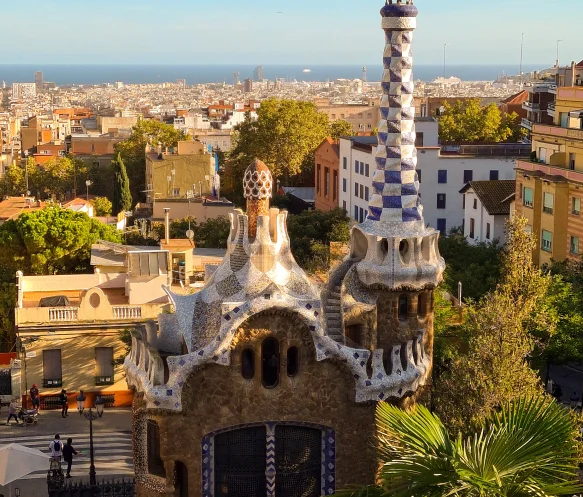Support when you need it
Our team ensuring that your experience with us is as smooth and enjoyable as possible.
Fast and online booking
Choose the best option for your needs and preferences and avoid the lines booking here.
#2 Attractions in Barcelona
Enjoy art and nature at Park Güell, an oasis of color and design in the city.
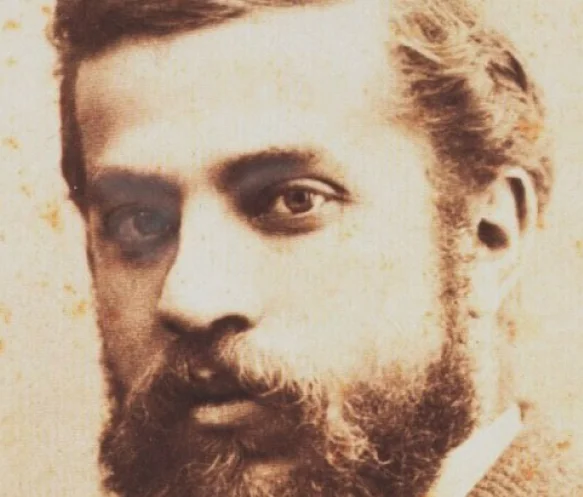
Antoni Gaudi was born in Reus, a small Catalan town on June 25, 1852. The young Gaudí was especially friendly as a child and spent his summers at the family’s summer house in the small village of Riudoms.
In 1870 he moved to Barcelona, where he began studying architecture. He would not complete his education until 8 years later, as his military obligations and other setbacks would delay his studies.
It is said that he was not particularly consistent as a student but managed to work with some of his professors. When he graduated from the architecture school, its Director, Elies Rohed, is quoted as saying of Gaudí: “I don’t know if we awarded the diploma to a paranoid man or a genius. Time will tell”.
On the evening of June 7, 1926, immersed in his thoughts, Antoni Gaudí leaves, as he does every night, from the vespers of the San Felipe church bound for the Sagrada Familia, where he has been staying for the last time. The unlucky 74-year-old was hit by a tram car passing by. Antoni Gaudi falls unconscious to the ground. None of the passers-by imagines that the old man in worn clothes, who did not carry an ID, could be the famous architect of Barcelona.
Gaudí is taken to the hospital in Santa Cruz, where he is recognized by the priest of the Sagrada Familia. He succumbed to his injuries on June 10, 1926, with his funeral gathering thousands of citizens from Barcelona who wanted to say their last goodbyes to the city’s most famous architect.
Gaudí seems to be particularly interested in the Gothic style, a trend common throughout Europe, which makes him open to all artistic currents of the time. Gaudí’s architectural style went through several phases. His work period can be divided into two phases:
A) The first era or Neo-Gothic includes the works he carried out until 1900 and the name of this period is due to the fact that the works were based on Gothic rhythms. Nevertheless, the architect’s originality is expressed in his personal view of structures and materials. His Neo-Gothic buildings have a different, almost fantastical appearance that characterizes Gaudí’s style.
B) The second period, called “of Fullness”, starts in 1900 and reaches 1926. During that period the architect develops a new conception of architecture. He no longer has a direct influence from the past (as was the case in the previous period) but takes elements from nature, colors, forms and shapes almost visionarily, to create unique buildings. Gaudí puts the most modern technology at the service of his senses and beliefs, to create completely different works. All the works of that period are considered very important.
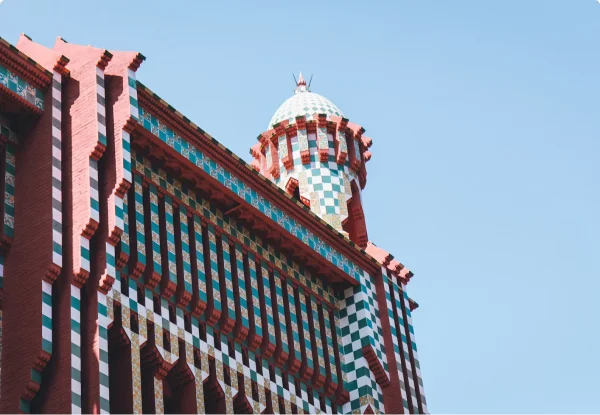
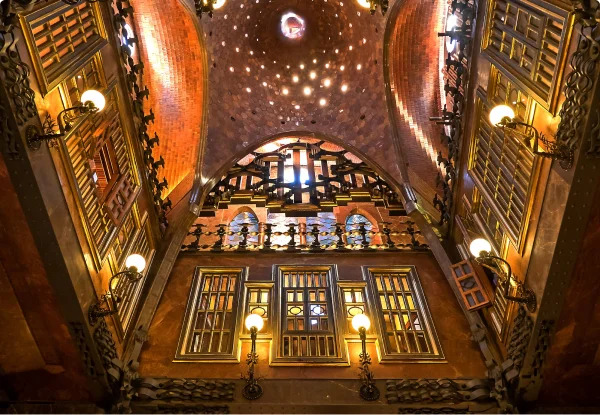
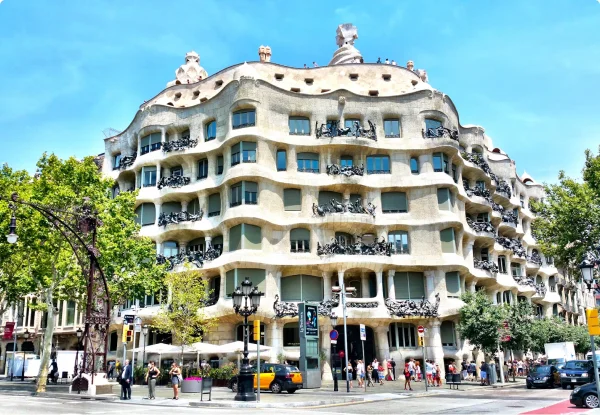
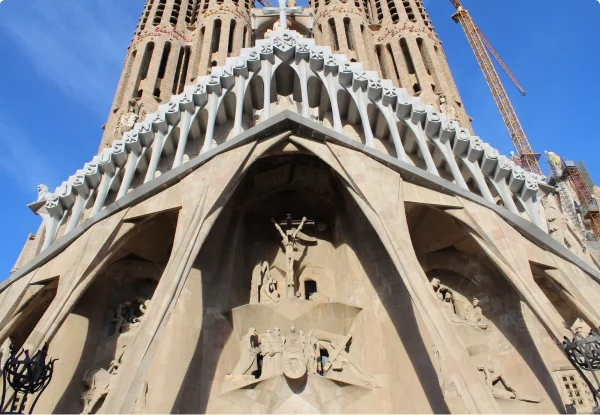
Templo Expiatorio de la Sagrada Familia (Purification Temple of the Holy Family) is the full name of Europe’s most peculiar church that was Antoni Gaudi’s magnum opus, while today it is the emblem of Barcelona and a World Heritage Site. It’s famous both for its uniqueness and for the fact that the architect died before he could complete it. What makes the Sagrada Familia special is its symbolism, which is present in all the elements. The three aspects stand out, each with a different orientation, related to the life of Christ. The Nativity to the east, the Passion to the west, and the Resurrection and Glory to the south. As well as the three entrance gates which symbolize faith, hope, and charity. In general, the whole work consists of sculptures, Gaudi’s greatness, and originality, combined with his ideas, which were based on the laws of nature, compose a unique result, making him one of the best architects in world history.
To experience the beauty of this architectural gem and the effort that Anton Gaudí put into her construction, enjoy a tour of Sagrada Família with an audio guide. From the moment that you turn your audio guide on, you will be introduced to a wealth of historical knowledge and information regarding the current construction projects that are taking place.

